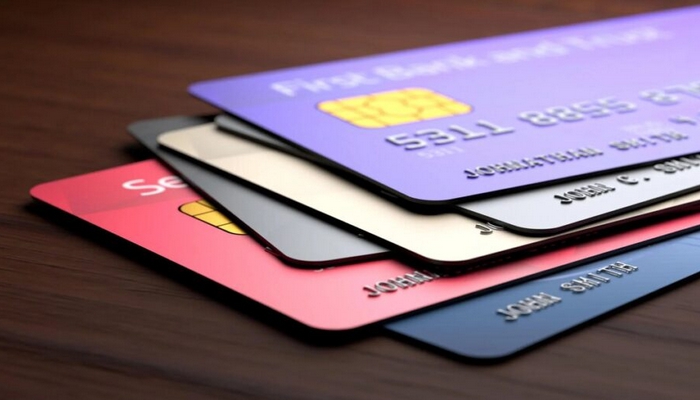How to Build an Efficient Emergency Fund: Your Financial Safety Net
How to Build an Efficient Emergency Fund: Your Financial Safety Net
Advertising
Life is unpredictable. Whether it’s a sudden job loss, unexpected medical bills, or urgent home repairs, having a financial cushion can be a lifesaver. That’s why building an emergency fund is one of the smartest financial moves you can make. But how do you create an emergency fund that’s not just a pile of cash, but an efficient safety net ready to support you when life throws curveballs?
Advertising

1. Understand the Purpose of an Emergency Fund
Advertising
An emergency fund is specifically set aside to cover unexpected expenses that aren’t part of your regular budget. This isn’t a vacation fund or a “big purchase” savings account. It’s money you can tap into for true emergencies—car repairs, medical bills, or even temporary unemployment.
2. Determine the Right Amount
Financial experts typically recommend saving between 3 to 6 months’ worth of living expenses. This includes essentials like rent or mortgage, utilities, groceries, insurance, and minimum debt payments. If you have a more volatile income or dependents, aim for the higher end—or even 9 months.
3. Start Small and Be Consistent
If saving several months’ worth of expenses seems overwhelming, start small. Even $500 can cover many minor emergencies. Set up automatic transfers from your checking to your savings account, so you build the fund without thinking about it.
4. Keep Your Emergency Fund Accessible but Separate
Your emergency fund should be liquid—meaning you can access it quickly—but not too easy to dip into on a whim. A high-yield savings account or a money market account are good options. Avoid putting these funds in stocks or long-term investments where the value fluctuates or access is delayed.
5. Replenish After Using
If you do need to use your emergency fund, make it a priority to rebuild it. Life’s unpredictability means it’s crucial to have that safety net ready at all times.
6. Review and Adjust Periodically
Your expenses and financial situation can change. Review your emergency fund yearly to ensure it still covers your current living costs and adjust contributions if needed.
Summary
Building an emergency fund is essential to achieving financial security. By setting aside liquid, accessible money that covers 3 to 6 months of living expenses, you create a buffer that can protect you from unexpected financial shocks. Start small, be consistent, and keep your fund separate from everyday spending to maximize its effectiveness.
Frequently Asked Questions (FAQ)
Q: How much should I have in my emergency fund?
A: Aim for 3 to 6 months of essential living expenses, but adjust based on your personal circumstances.
Q: Where should I keep my emergency fund?
A: In a liquid, low-risk account like a high-yield savings or money market account—accessible but separate from your checking account.
Q: Can I use my emergency fund for planned expenses?
A: No, it’s best reserved strictly for unexpected emergencies to keep your financial safety net intact.
Q: What if I don’t have enough to save 3 months of expenses right now?
A: Start with a smaller goal like $500, then build up gradually over time with automatic savings.
Q: Should I invest my emergency fund to get higher returns?
A: It’s generally not recommended, as investments can lose value or take time to liquidate, which defeats the purpose of quick access.





